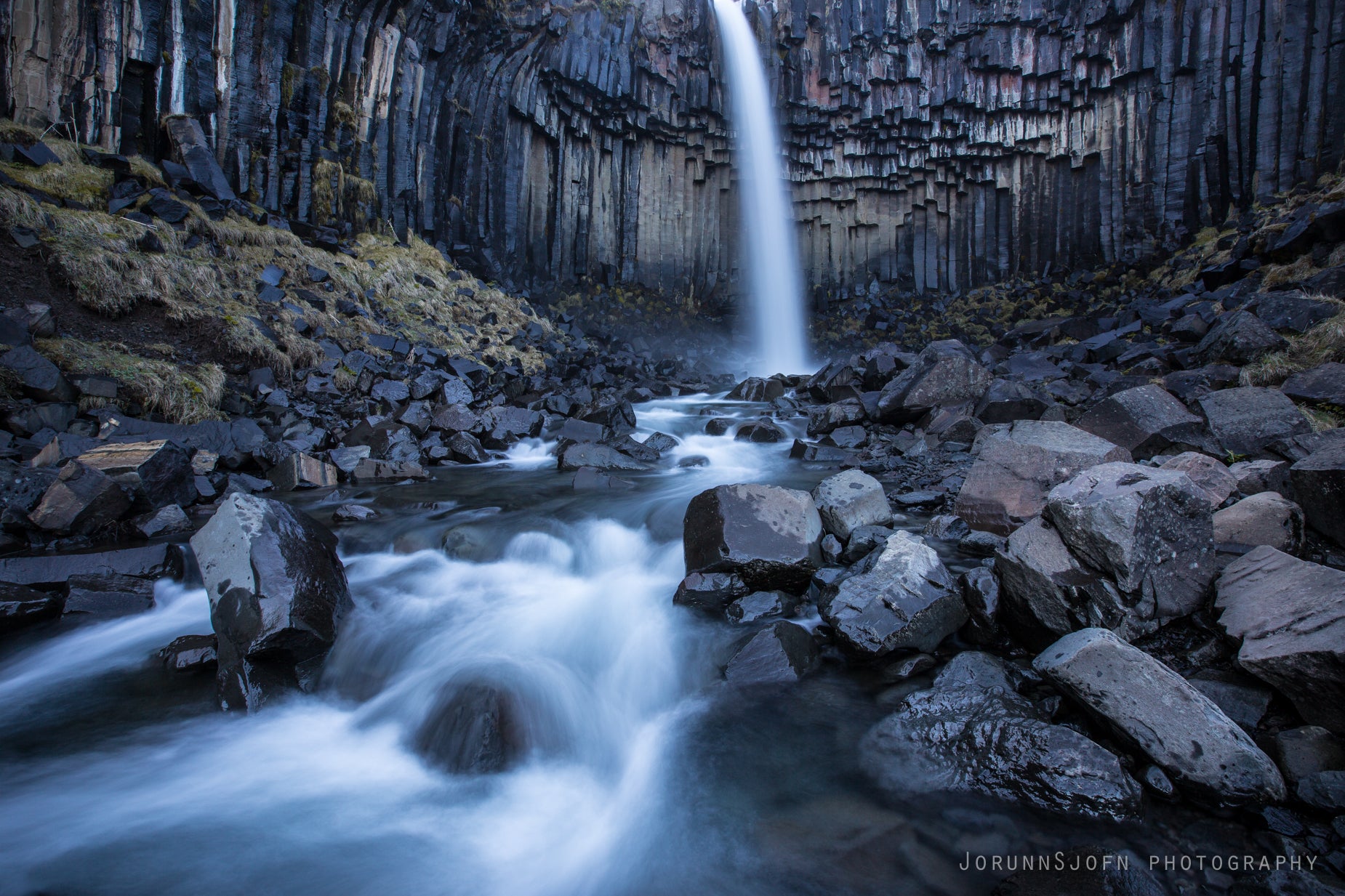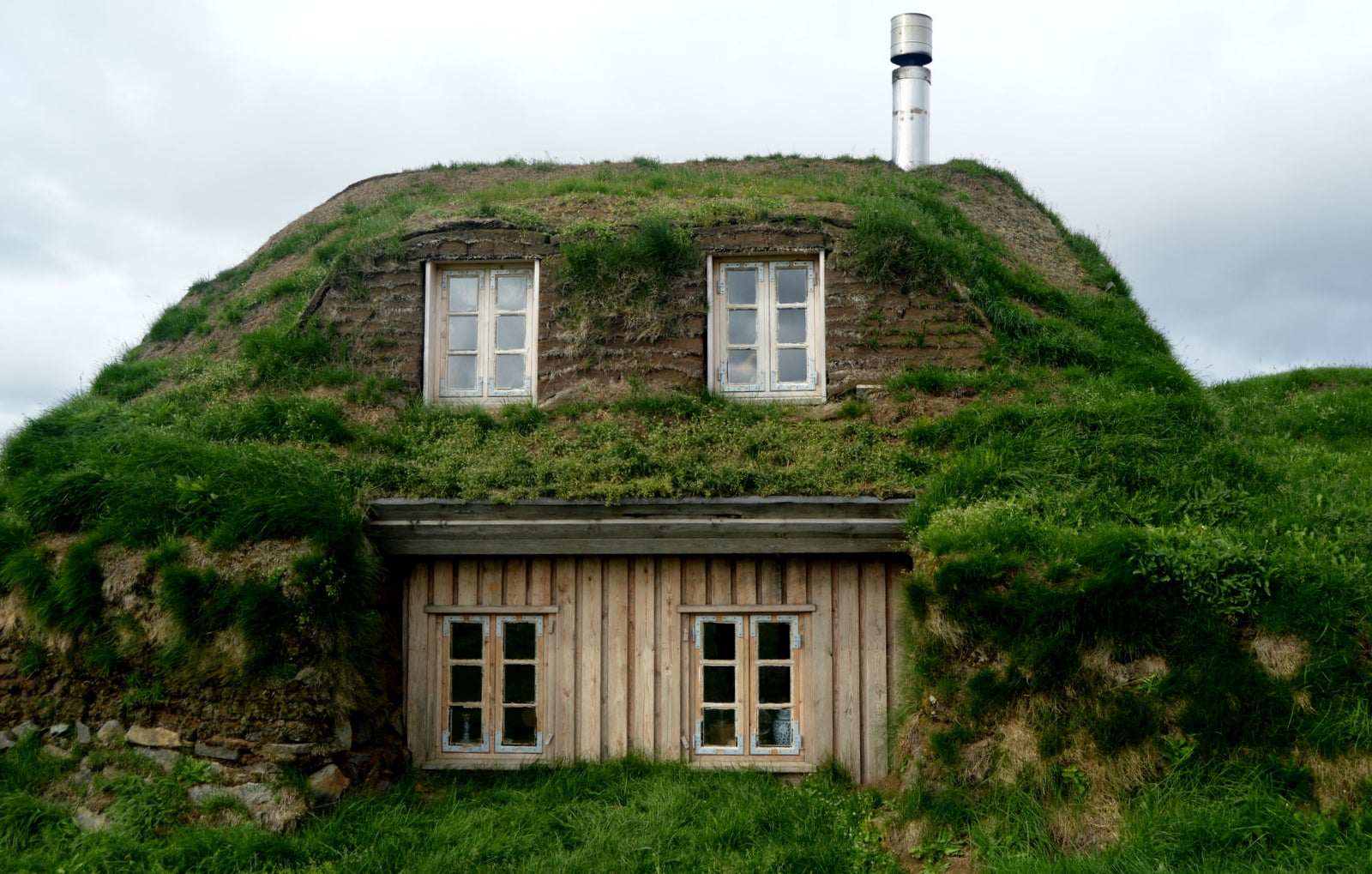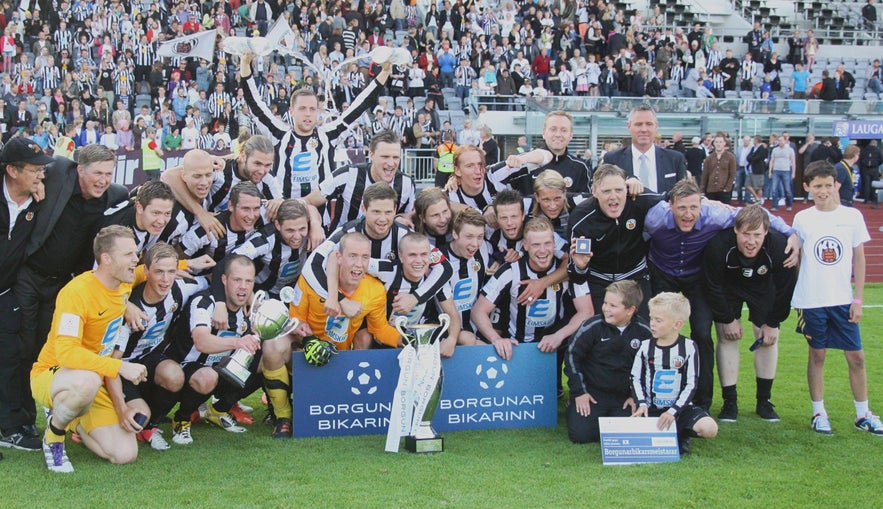
Icelandic football has grown into its boots over the last decade, drawing in the world’s attention and favour with its surprising variety of play, Instagram-friendly forwards and significant advances in international tournaments.
- See also: Football in Iceland | The Secret to Success
and: Fitness in Iceland | Sports, Exercise & Wellbeing - Header photo: KR Reykjavík
Football in the Land of the Midnight Sun
Particularly prized for its youth development set-up, Icelandic football is recognised today as one of the sport’s most exciting underdog stories. Lest we forget their 2-1 stomping of England in 2016’s EURO Championships… I certainly haven’t.
The national men’s team has become iconic since its 2018 entry to the FIFA World Cup—the first time Icelanders have achieved such a feat—but many fans might be surprised to discover this small island nation has a thriving club scene, complete with tournaments, divisive leagues and a history dating back to the beginning of the last century.
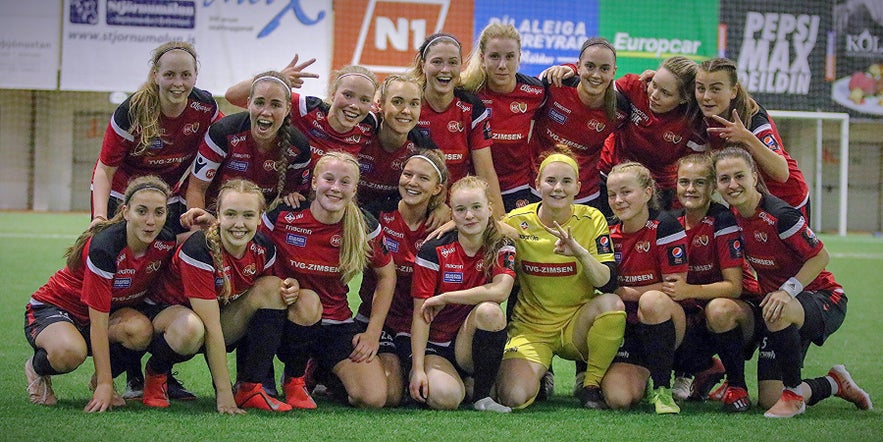 Credit: Víkingur
Credit: Víkingur
Here at home, the sport is overseen by the Football Association of Iceland (Icelandic: Knattspyrnusamband Íslands, KSÍ), a governing body established 26th March 1947. Based in Reykjavik, Iceland’s vibrant capital city, KSI oversees both the national men’s and women’s teams, as well as the island’s major league, Úrvalsdeild karla.
Iceland’s Premier League, Úrvalsdeild karla or “The Pepsi Max League”, runs during the sunny summer months, from May to September. There are several lower divisions, which we will only briefly touch upon here, though note that Division 1 was renamed to the Premier League in 1997.
Once a seasonal hobby, the construction of hundreds of indoor-pitches (“Football Houses”) has since made football a year-long affair, providing the younger generation with professional advantages never before seen in this snow-blanketed country.
Despite the season lasting only five months, annual training sessions are now routine for amateur and professional players. Thanks to government incentives, football is now a major contender when vying for the country’s heart, in many ways toppling the national sport of handball from its podium.
So, just what are Iceland’s top domestic clubs, and how does KSI scout players with the most potential on the international stage?
Notes going forward:
When talking of each team and their various achievements, I am referring to only the men’s sides. Women’s football is incredibly popular in Iceland, however, and each club mentioned has its own women’s team, so this decision is merely out of brevity. To learn more, follow the links to each club’s main website.
Also, please be aware that the organisations mentioned are generally multi-disciplinary clubs, offering a variety of sports and activities for their members.
What does Icelandic Football have to offer?
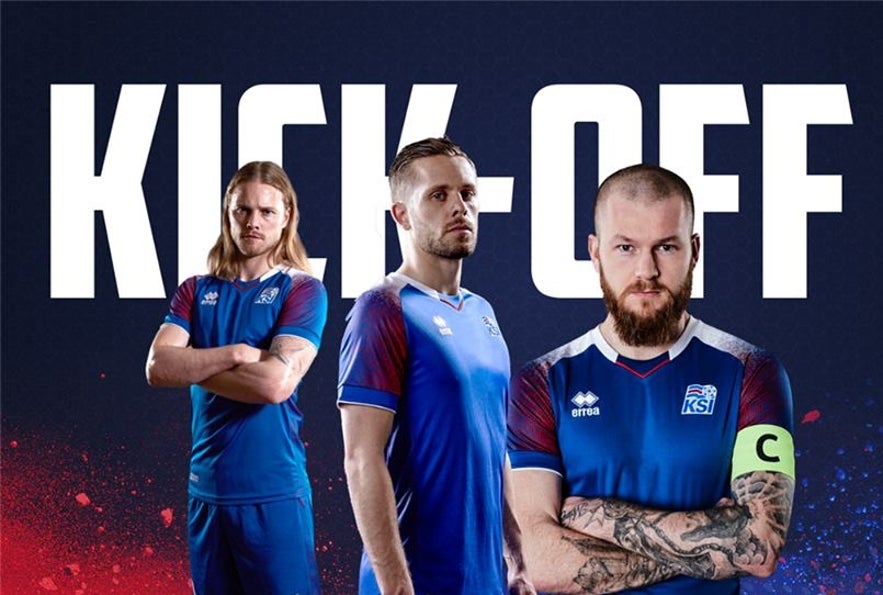 Credit: KSÍ - Knattspyrnusamband Íslands
Credit: KSÍ - Knattspyrnusamband Íslands
There are many great aspects of following football abroad. For starters, it offers a glimpse of how the sport is played in other countries, how players and managers adapt to their surroundings to bring out the most in their game.
Iceland is a particularly noteworthy example of this—winters soaked with snow and rain force much of the sporting community indoors, only heightening the fun and competitive atmosphere of summer.
Another reason for following Icelandic football is to get a better perspective on the future of the game. Generally, Icelanders, by their very nature, are fitness orientated, meaning their inclusion in professional clubs at home might indicate possible time abroad in the future.
We only have to look at such players as Rúrik Gíslason, Gylfi Sigurðsson and Aron Gunnarsson to see how Icelanders can develop their skills, first at home, then with overseas clubs. This experience is alluring for domestic players and cherished by those who have done it.
After all, playing in one of the world’s better-known clubs is a surefire ticket to one day playing for the Icelandic national side.
An awareness of Icelandic football also offers a break from the money-drenched arena of more prosperous, more prolific footballing nations. Icelanders’ passion, drive and commitment to winning are widely admired traits through the internationalists' eyes, providing some relief from the scandals and controversies of the sport elsewhere.
A final thought; by and large, Icelandic football does not reach the same level of quality one would expect from, say, the English Premier League, Serie A or La Liga. Neither should anyone think it would, given the lack of history, climate and natural conditions of Iceland’s winter months.
However, real sporting stars do arise from this island, a land that is seemingly inhospitable to outdoor athletes. This knowledge can make watching games incredibly exciting, your eye ever on the players who stand apart from the crowd.
Breidablik F.C
Kopavogur - Est. 1950 - Grounds: Kópavogsvöllur
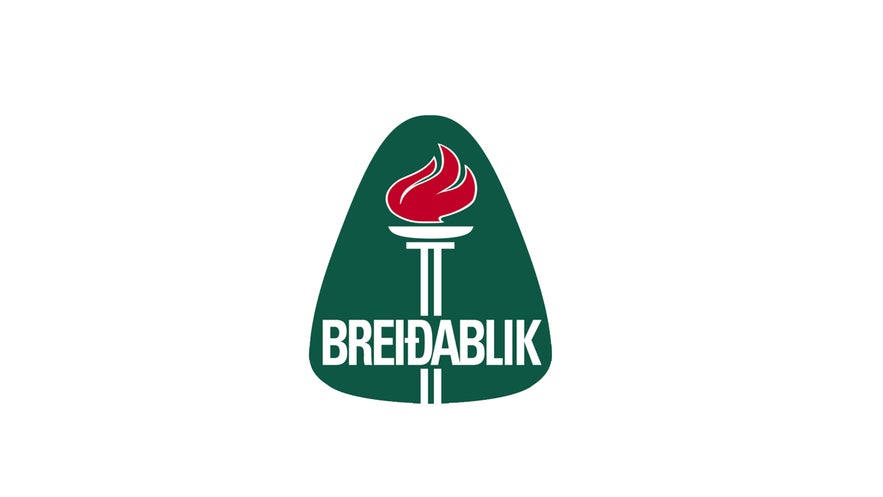 Credit: Wikimedia. Creative Commons.
Credit: Wikimedia. Creative Commons.
With its name translating to “broad gleam”, Breiðablik Football club has become quite the contender in Iceland’s top-flight, a position its held since 1971. In Norse Mythology, the son of Odin, Baldur, is said to have lived in a realm known as Breiðablik.
Infamous for bouncing between the two top leagues, with promotions and relegation part and parcel for their support base, it could be argued that Breiðablik has come into their own under the leadership of coach Ólafur Kristjánsson, who took the role in 2006.
Breiðablik’s first significant success came in 2009 after winning the Icelandic Cup, a feat quickly followed by becoming champions of the Premier League in 2010.
That same year, the club competed in European competition for the first time, losing out to the Scottish Premier League side Motherwell in the Europa Cup.
In 2011, the side lost out in the UEFA Champions League against the Norwegian club, Rosenborg.
2013 saw Breiðablik made headway, beating club records with their 8th consecutive year in the Premier League, as well as winning their first game in Europe with a 1-0 victory over Austrian side SK Sturm Graz.
FH F.C
Hafnarfjörður - Est. 1929 - Grounds: Kaplakrikavöllur
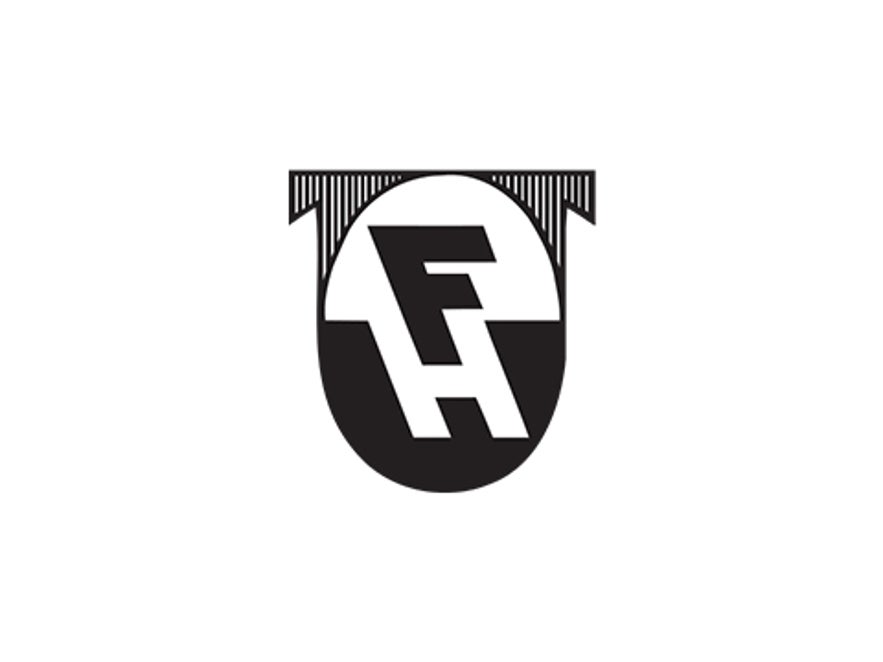
Credit: Wikimedia. Creative Commons.
Fimleikafélag Hafnarfjarðar (FH), commonly known as FH, is based in Hafnarfjörður, a port town on the southwest coast of Iceland.
Having long been considered a powerhouse of Icelandic football, FH’s record reads as a long list of peaks and troughs; promoted to the first division in 1979, relegated in 1981; 1984, promotion before relegated again in 1995.
Their first championship win in the Premier League came in 2004, followed by a further seven championships. Their winning streak ending in 2016.
Much of this success has been credited to former manager Ólafur Jóhannesson, who took over the Icelandic national side in 2007. Ólafur Kristjánsson currently manages the team.
Interestingly enough, FH fans share a special kinship with those of the Scottish professional side, St Johnstone. Spectators will often attend one another’s matches in support and regularly meet up to socialise afterwards.
Fylkir F.C
Reykjavík - Est. 1967 - Grounds: Fylkisvöllur
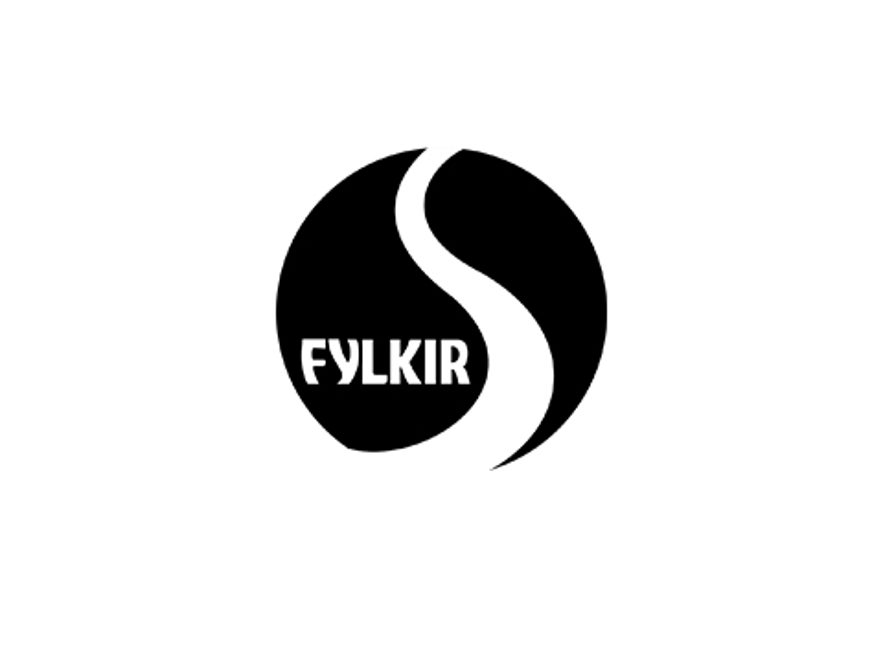
Credit: Wikimedia. Creative Commons.
Fylkir began in 1967 as a youth football team in what was then the newly formed Reykjavik neighbourhood of Árbær. Embellished with a bright black and orange kit, Fylkir is one of the most recognisable teams in Iceland playing today. As of 2019, Helgi Sigurðsson manages the club.
After decades milling in the third and second divisions, 1999 saw Fylkir enter the Premier League. Two years later, they would win the Icelandic Cup for the first time. That year, they also won their first European game against the Polish side, Pogoń Szczecin, with a 2-1 victory in the UEFA Cup.
 Credit: Íþróttafélagið Fylkir
Credit: Íþróttafélagið Fylkir
Since the new decade, the club has struggled to reach new heights, finishing 8th in 2018. However, with a new season upon us, fans are hopeful that Fylkir can recapture some of their old glory.
Fylkir’s official supporters club is known as Kiddi Tomm, named after the club’s former leading striker, Kristinn Tomasson. Until the club’s 1999 promotion to the Premier League, supporters had to do without an official stadium, instead of using an adjacent grass hill to pitch from where they could spectate.
Since 2014, this has been rectified, and now the club enjoys a roofed stadium capable of fitting approximately 1900 people.
Fjolnir F.C
Reykjavík - Est. 1988 - Grounds: Fjölnisvöllur
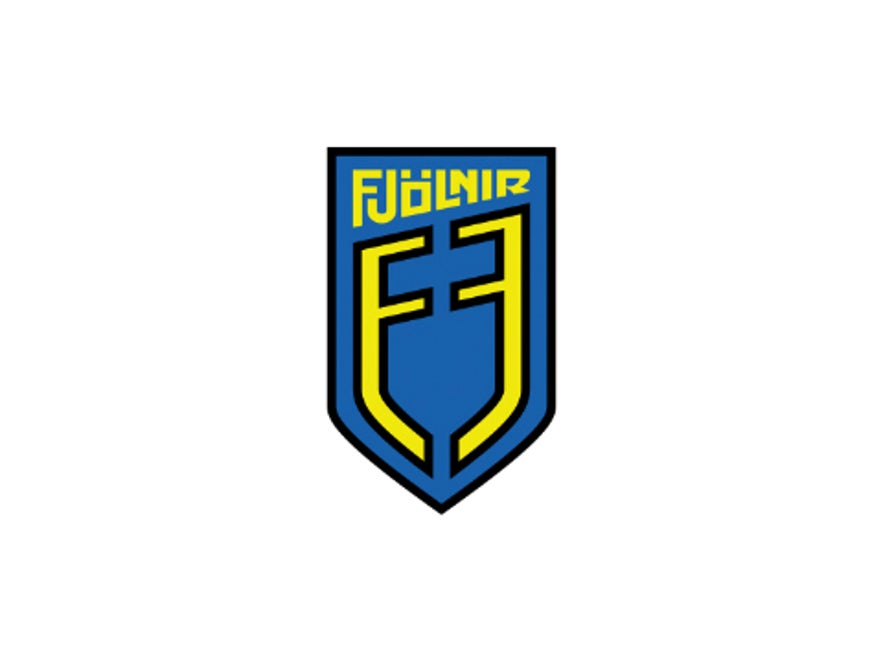
Credit: Wikimedia. Creative Commons.
Fjölnir was founded on February 11th 1988 as Grafarvogur Youth Club. The first meeting establishing the club was attended by 100 people, inhabitants of the capital’s Grafarvogur district that, up until this point, had no sports club of its own.
The name was quickly changed to avoid confusion with another club, and so Ungmennafélagið Fjölnir—commonly spoken as Fjölnir—was born.
The name itself is often used as a synonym of Odin, the Chief Axe; this choice was, surely, a declaration of war against the teams scheduled for opposing matches.
The club was relegated in 2018 to Inkasso-Deildin, the second highest professional league in Iceland. Last year, they came 11th out of 12 in the league. As of yet, they have not won a championship title.
Still, the club is a multi-sport facility—as most Icelandic sports clubs are—and so has its fingers in many pies. Members of the club have access to a total of nine sports; football, basketball, taekwondo, handball, karate, tennis, athletics, swimming and gymnastics. Somewhat surprisingly, the club also hosts a popular chess league.
KA F.C
Akureyri - Est. 1928 - Grounds: Akureyrarvöllur

Credit: Wikimedia. Creative Commons.
Okay, we've heard a lot about southern Icelandic teams! But what of Iceland's northern darlings? Well, depending on your orientation, one could support one of two teams: Knattspyrnufélag Akureyrar or Þór Akureyri.
Knattspyrnufélag Akureyrar was established in 1928, though almost immediately merged with fellow Akureyri-based sports club, Þór Akureyri, to create ÍB Akureyri. This merger lasted until 1974, and now KA and Þór Akureyri, are now considered to be friendly rivals.
KA’s proudest moment came in 1989 when they became Icelandic champions, the only time they’ve managed to achieve such a feat. Fimleikafélag Hafnarfjarðar (FH), who were leading the league table, lost their match in a particularly tough fight with Fylkir, especially considering the latter’s team form throughout the season.
A year later, however, KA would prove their performance was no fluke after winning the Icelandic Super Cup. The team has also been runners-ups for the Icelandic Cup in 1992, 2001 and 2004.
IBV F.C
Vestmannaeyjar - Est. 1903 - Grounds: Hásteinsvöllur
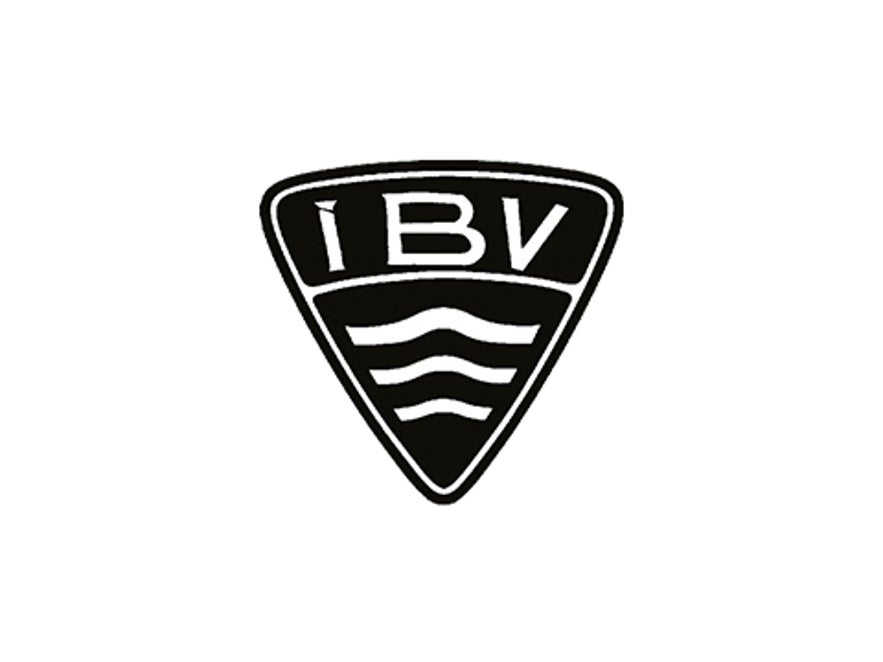
Credit: Wikimedia. Creative Commons.
Formed on the Vestmannaeyjar archipelago—known to most English speakers as the Westman Islands—Íþróttabandalag Vestmannaeyjar (or ÍBV) is the second oldest club in Iceland, having been established in 1903.
The team has enjoyed three stays as Icelandic champions; first in 1979, then during two consecutive years in 1997/1998.
ÍBV’s stadium, Hásteinsvöllur, is particularly scenic given its mountain-cloaked location on Heimaey island. The stadium has a capacity of around 2800 people.
Keflavik F.C
Keflavík - Est. 1929 - Grounds: Keflavíkurvöllur
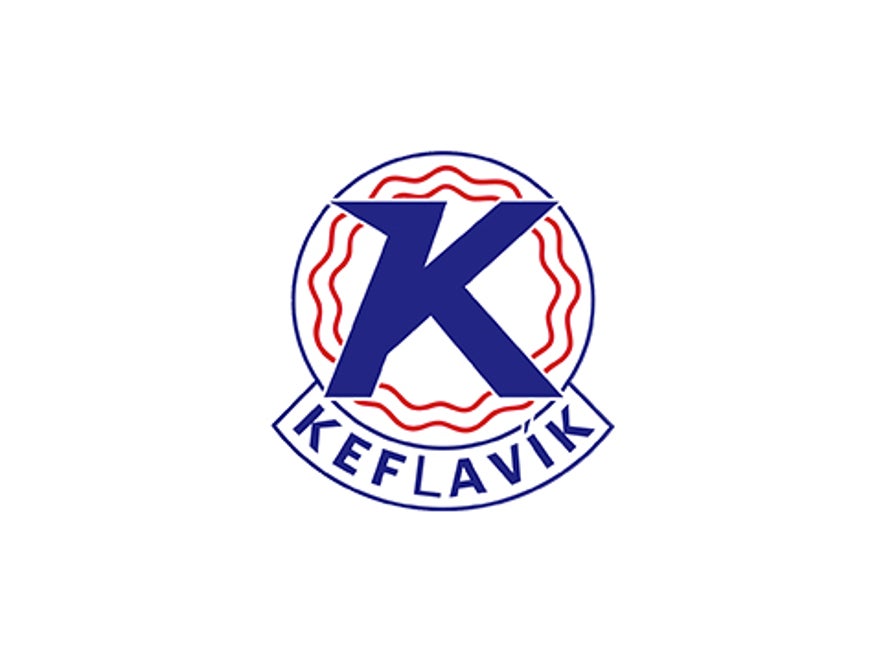
Credit: Wikimedia. Creative Commons.
As a subdivision of Keflavík ÍF sports club, the football team Knattspyrnudeild Keflavík is based in the coastal town of Reykjanesbær. The group first joined the Icelandic league in 1956 as part of the Second Division.
The team has participated in every year of the Icelandic FA Cup—winning it in 1975, 2004 and 2006—as well as each significant European tournament: European Cup, the UEFA Cup, Cup Winners’ Cup and the Intertoto Cup.
 Credit: Knattspyrnudeild Keflavíkur
Credit: Knattspyrnudeild Keflavíkur
Initially, the team played in a kit consisting of black shirts and white shorts. In a match against Ferencváros in Budapest, however, the team ran into trouble when they couldn’t make out one another beneath the floodlights—the first time they had ever played under such circumstances. Thus, in 1973, the kit was changed to yellow shirts and blue shorts.
From 2014 to 2016, Keflavík played in their original kit in honour of the club’s 100th anniversary.
KR F.C
Reykjavík - Est. 1899 - Grounds: KR-völlur

Credit: Wikimedia. Creative Commons.
KR has something of an unfortunate reputation when it comes to local football fans. This is, undoubtedly, because of their massive fan base—no doubt, the envy of supporters for smaller clubs—and dominance in specific years.
Whereas there is no comparison in the quality of football, nor success of the clubs respectively, KR is as recognisable to Icelanders as Manchester United is to the UK.
Many of their rivals consider their early wins in the championships to be void, given that the titles were not considered organised and 'proper'.
So just what has KR achieved? Aside from being the oldest athletics club in Iceland, KR has made more titles for Icelandic Men’s Cup (14), the first awarded in 1960 while the last of 2014. The team has also won the Úrvalsdeild karla 26 times and, in 1964, was the first Icelandic representative at the European Cup.
KR’s iconic black and white striped kit was designed in tribute to the English club, Newcastle United, who were then champions on their home soil. One of the club’s nicknames is “Vesturbæjarstórveldið”, translating to the “The West City Empire”.
Iþrottabandalag Akraness
Akranes - Est.1946 - Grounds: Akranesvöllur

Credit: Wikimedia. Creative Commons.
Instantly recognisable in their bright yellow shirts and dark black shorts, this Akranes-based sports club (colloquially known as ÍA) was founded in 1946.
ÍA has won the Icelandic League Cup in 1996, 1999 and 2003. They have won the Icelandic Super Cup only once in 2003.
Like many of the other clubs listed here, ÍA is a multi-sports clubs; basketball, golf, horsemanship, gymnastics, volleyball, bowling, karate, swimming, badminton and powerlifting are all practised by the facility.
Grindavik F.C
Grindavík - Est. 1935 - Grounds: Grindavíkurvöllur
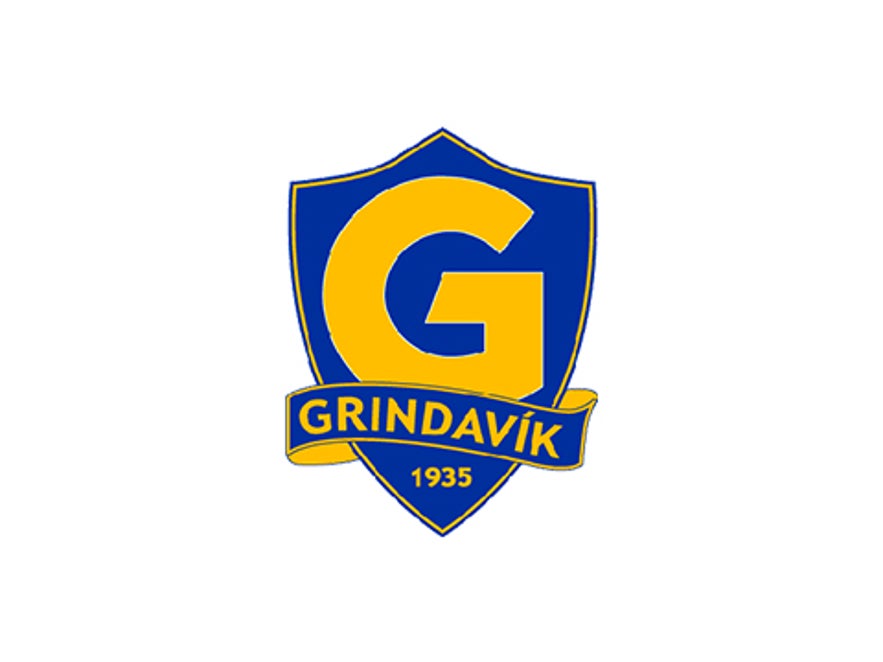
Credit: Wikimedia. Creative Commons.
Grindavík football club was established in 1935, adding to the roster of south-west Icelandic teams. Grindavík is a fishing town, located approximately 3 miles away from one of Iceland’s premier attractions, The Blue Lagoon.
Finishing in fifth place in the Úrvalsdeild in 2017, Grindavík striker Andri Rúnar Bjarnason ended the season as the year’s top goal scorer.
Stjarnan F.C
Garðabær - Est. 1960 - Grounds: Stjörnuvöllur

Credit: Wikimedia. Creative Commons.
At 59 years old, Ungmennafélagið Stjarnan multi-sport club is based in Garðabær and, as of 2009, have regularly played in the `Úrvalsdeild karla premier league.
The first time the team won the national championship was in 2015, a particular season that saw the team match the domestic record of 52 points. They also reached the play-off rounds of the 2014–15 Europa League after beating Scottish club Motherwell and the Polish team, Lech Poznań.
Stjarnan achieved worldwide fame with their choreographed celebrations; a human bicycle, reeling in a fish and a reenacted massacre from Rambo have all been showcased on the pitch, much to the delight of fans—old and new—from around the world.
Most recently, Stjarnan won the Super Cup on 18th April 2019, the second time this feat has been achieved. They beat Valur to the punch 6-5 to penalties.
Valur F.C
Reykjavík - Est. 1911 - Grounds: Hlíðarendi
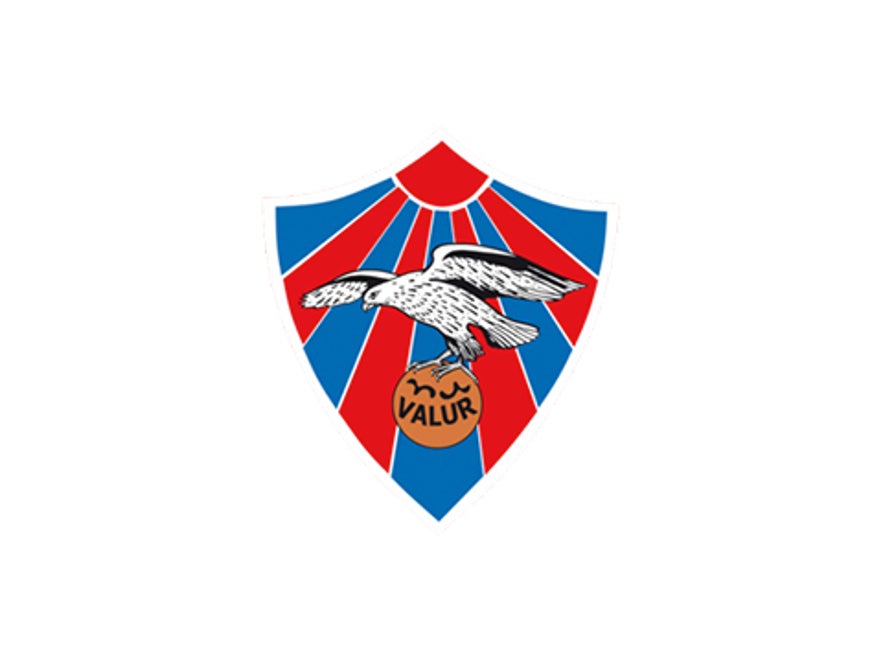
Credit: Wikimedia. Creative Commons.
Representing 101 Reykjavik—the beating heart of this city and island—are Valur, a team of tremendous skill and ability.
Named after the island’s national bird, the Gyrfalcon, Valur have brought their predatory and attacking style to the game, routinely shaking up the league and various tournaments.
Today, they are considered one of the top teams in the country, having outstripped every other team listed by winning the Icelandic league 22 times. It is also the most successful sports club in the country in terms of “ball games”; 115 titles across football, handball and basketball together.
Founded in 1911, the club focused solely on football until 1940, after which it expanded into handball and basketball. One recognisable face amongst the current football squad is Hannes Þór Halldórsson, the goalkeeper for Iceland’s national side.
Víkingur F.C
Reykjavík - Est. 1908 - Grounds: Víkingsvöllur
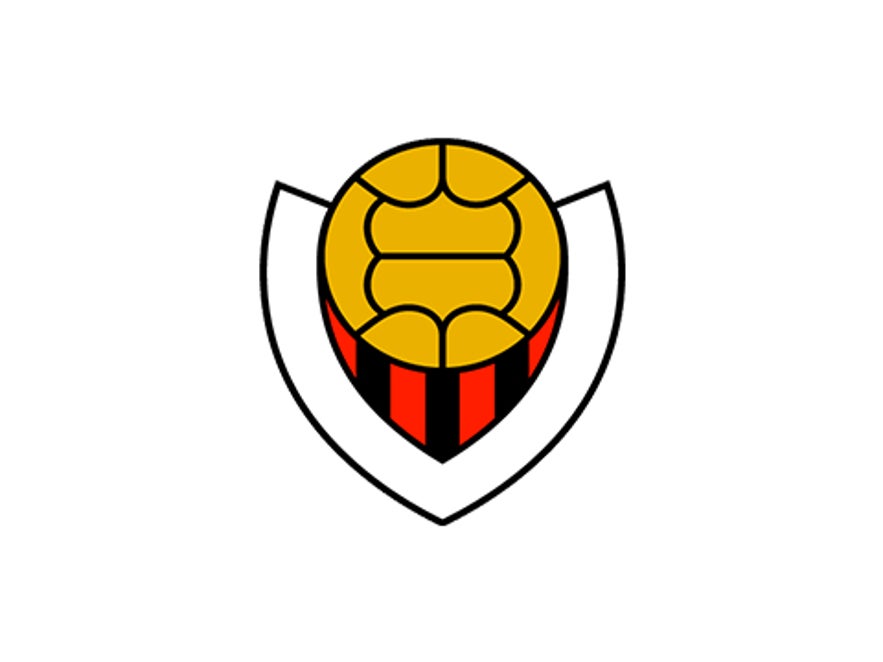
Credit: Wikimedia. Creative Commons.
Víkingur was founded on 21st April 1908, the first day of the summer. From its earliest years, the team has worn a red and black striped kit. Alongside football, the organisation promotes table tennis, handball, soccer, karate, skiing and tennis.
All in all, the team has won five championship titles, five first division titles and a single cup title. The last time Vikingur won the Icelandic national championships was in 1991.
The team is famed for the first ten years of their football—1908 to 1918, known as their “unbeaten decade”, saw them lose a single match and sore 58 goals.
Unfortunately, because the club had yet to have a regular senior side, Víkingur won no titles during this period. Their first match in the championship was 9 June 1918, a 5-0 victory over their rivals, Valur.
Do you find this article on Icelandic football clubs helpful? Have you ever watched a game of football in Iceland, or are you interested in joining one of the clubs? Make sure to leave your thoughts and queries in the Facebook comments box below.



